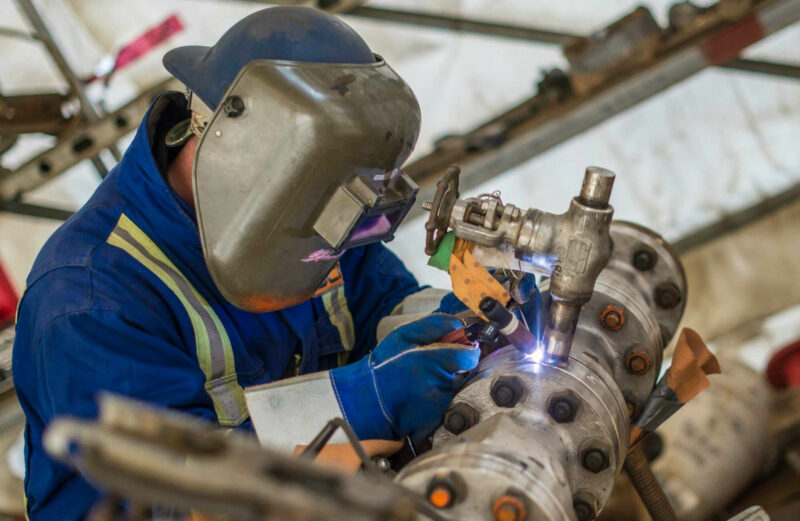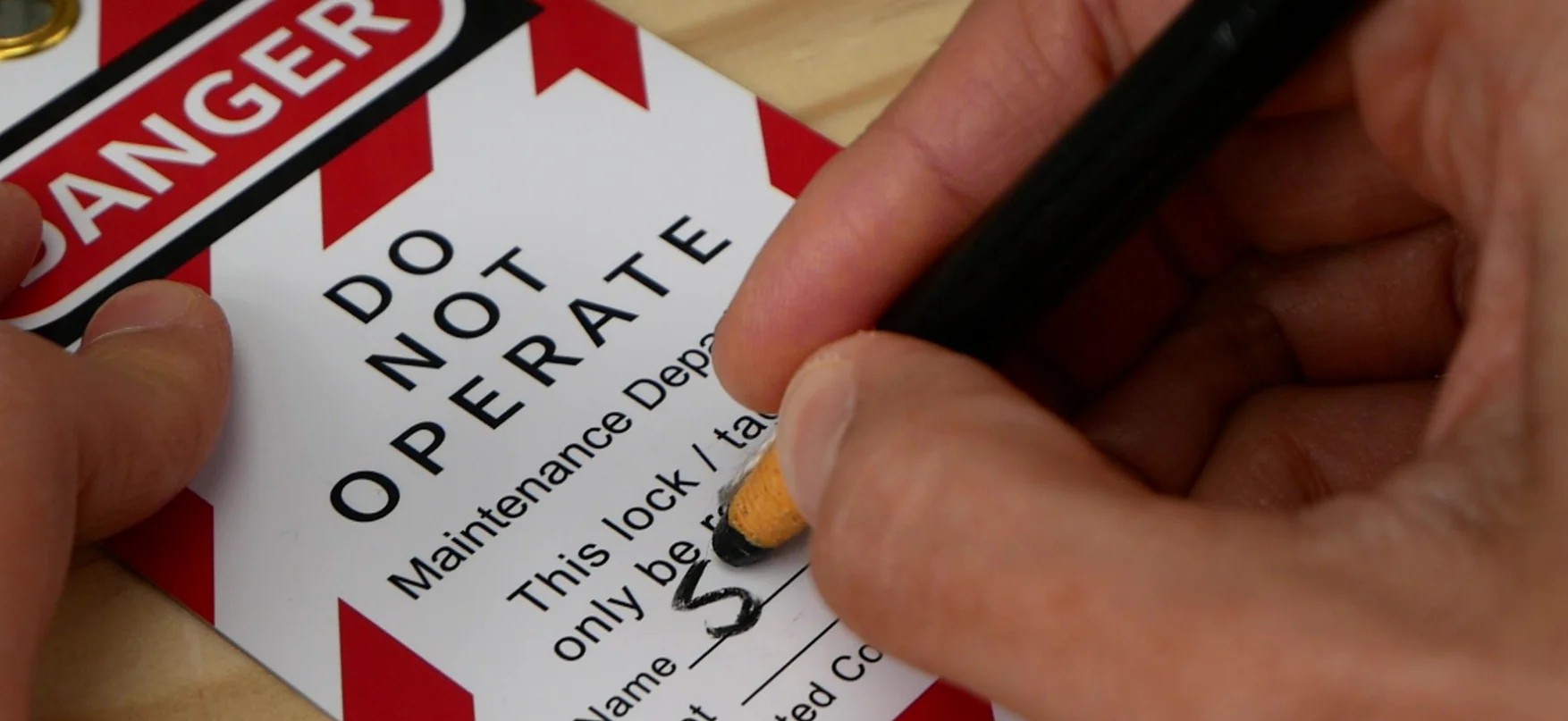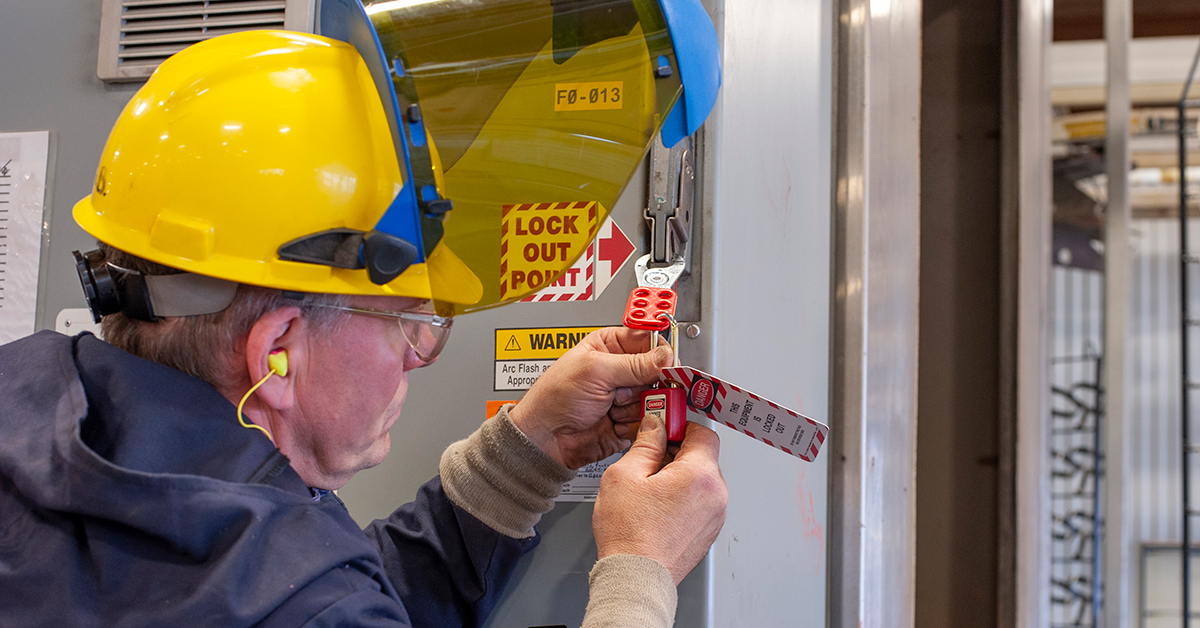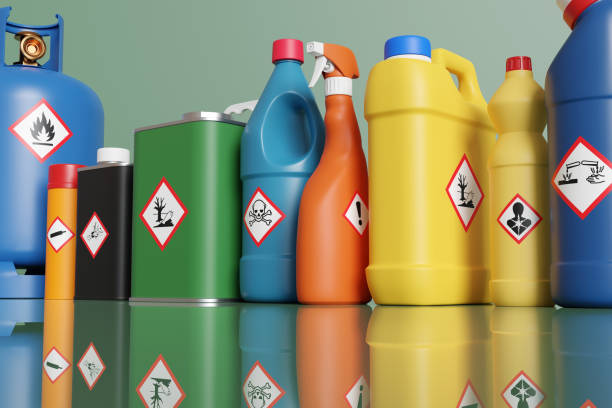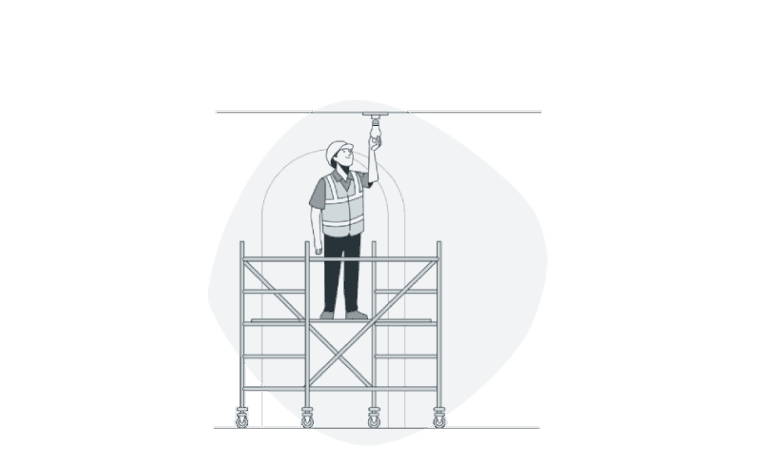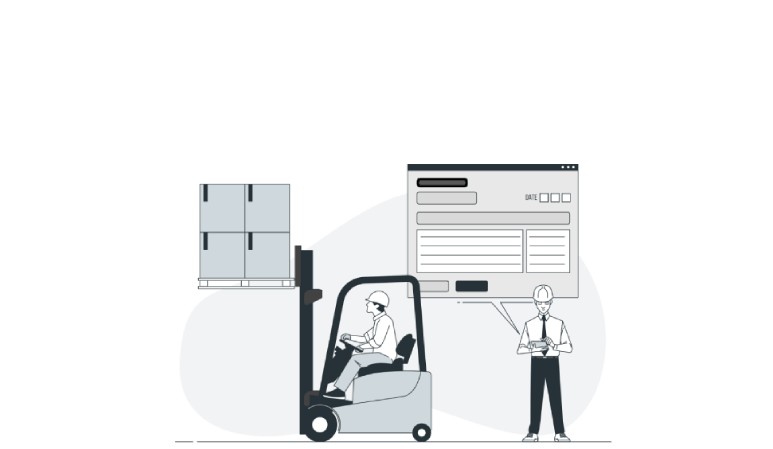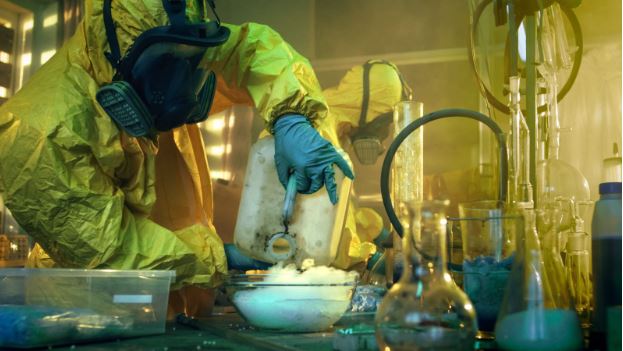
10 Apr 2025
If you've ever wondered how emergency workers, cleanup crews, or industrial employees stay safe when dealing with hazardous substances, the answer often involves a not-so-catchy acronym: HAZWOPER. While it may sound like a sci-fi character, HAZWOPER is one of the most important safety standards out there—and it plays a vital role in keeping workers protected during some of the most dangerous tasks on the job.
The Story Behind the Acronym
HAZWOPER stands for Hazardous Waste Operations and Emergency Response. It's a comprehensive set of safety guidelines issued by OSHA—yes, that’s the Occupational Safety and Health Administration—aimed at protecting workers involved in hazardous substance cleanup, waste site operations, and emergency response scenarios.
The roots of HAZWOPER go back to the early 1980s, driven by alarming environmental disasters like Love Canal and Times Beach, where chemical contamination created long-term health risks for residents and cleanup crews alike. To tackle this, OSHA established regulations under 29 CFR 1910.120, creating a standard that blends hazard recognition, proper training, protective equipment, and emergency preparedness.
The Legal Backbone: OSHA’s Standards
Let’s be clear—HAZWOPER is not optional for covered activities. It’s a legal requirement under 29 CFR 1910.120 (and 29 CFR 1926.65 for construction sites). These standards define who needs training, what kinds of hazards are covered, and how to operate safely in hazardous environments.
So, who’s covered? The regulation applies to five major groups:
- Clean-up operations at uncontrolled hazardous waste sites (1910.120(a)(1)(i))
- Corrective actions at sites covered by the Resource Conservation and Recovery Act (RCRA)
- Voluntary cleanups at government-identified sites
- Operations at hazardous waste treatment, storage, and disposal facilities (TSDs)
- Emergency response operations dealing with hazardous substance releases (1910.120(a)(1)(v))
What’s critical here is that it doesn’t just apply to environmental disasters or Superfund cleanups—it also includes emergency responders dealing with spills in refineries, chemical plants, or even transportation incidents.
Why HAZWOPER Matters
HAZWOPER isn’t just bureaucratic red tape. It’s a lifeline.
Hazardous substances can have immediate or long-term effects on human health. From chemical burns and respiratory issues to cancer or organ damage, the risks are serious. The HAZWOPER standard provides a roadmap for employers and workers to prevent these consequences.
It’s also essential from a legal and financial standpoint. Non-compliance can result in hefty OSHA fines and increased liability in the event of an accident. But even more importantly, it’s about doing right by the people on the front lines—ensuring they have the tools, training, and protection they need to do their jobs safely.
What HAZWOPER Training Includes
One of the most well-known components of the HAZWOPER standard is training. OSHA lays out specific training requirements based on the worker’s level of involvement with hazardous materials.
Initial Training
- 40-hour training is required for workers involved in hazardous waste operations where there’s a high risk of exposure (29 CFR 1910.120(e)(3)(i)). This training covers things like hazard recognition, toxicology basics, respiratory protection, PPE, and decontamination procedures.
- 24-hour training applies to workers with limited exposure, such as those visiting hazardous sites occasionally (29 CFR 1910.120(e)(3)(ii)).
After completing initial training, employees must also receive three days of supervised field experience to reinforce what they’ve learned (29 CFR 1910.120(e)(3)(i)–(ii)).
Refresher Training
Workers are required to undergo annual 8-hour refresher training to keep their knowledge up to date and reinforce safe work practices (29 CFR 1910.120(e)(8)).
Specialized Emergency Response Training
For workers involved in emergency response (think chemical spills or leaks), training must meet the criteria in 29 CFR 1910.120(q). Depending on their role—first responder awareness, operations, technician, specialist, incident commander—the level and depth of training will vary. For example, a hazmat technician requires 24 hours of training in specific skills like controlling releases and understanding chemical hazards (29 CFR 1910.120(q)(6)(iii)).
Other Key Elements HAZWOPER Should Include
Besides training, there are several other elements that make up a complete HAZWOPER program. These aren’t optional add-ons—they’re essential parts of a functioning safety system.
Site Safety and Health Plan (SSHP)
Before any hazardous work begins, employers must develop a written Site Safety and Health Plan. This plan is required under 29 CFR 1910.120(b) and must include:
- Hazard analysis and identification
- Description of work tasks and personnel roles
- Required PPE
- Site control measures (like exclusion zones)
- Decontamination procedures
- Emergency response protocols
- Medical surveillance plans
This isn’t a one-size-fits-all document—it must be specific to the site and the tasks being performed.
Medical Surveillance
Workers exposed to hazardous substances or required to wear a respirator for 30+ days a year must be enrolled in a medical surveillance program (29 CFR 1910.120(f)). This ensures that any health effects from exposure are tracked and addressed early.
Decontamination Procedures
OSHA mandates clear decontamination procedures to prevent workers from bringing hazardous substances off-site or suffering secondary exposure (29 CFR 1910.120(k)). This can include things like equipment cleaning, clothing removal, and designated decontamination zones.
Personal Protective Equipment (PPE)
When working around hazardous substances, Personal Protective Equipment (PPE) is often the last—but most critical—line of defense. Within the HAZWOPER framework, PPE isn't just about throwing on a hard hat and safety goggles. It’s a carefully selected system of protection that corresponds directly to the hazards present on a site, and OSHA takes this extremely seriously.
Under 29 CFR 1910.120(g), employers must provide and ensure the use of PPE that protects employees from hazards and potential hazards they may encounter during hazardous waste operations and emergency response.
The standard requires that PPE selection be based on site-specific hazard assessments, not guesswork or general policy.
Exposure Monitoring and Air Sampling
Employers must monitor hazardous substance levels in the air to determine if controls or PPE are sufficient (29 CFR 1910.120(h)). This might include initial monitoring and periodic checks to ensure conditions haven’t changed.
Bringing It All Together
HAZWOPER might sound like just another acronym in the world of safety compliance, but its purpose is anything but ordinary. It’s the backbone of protection for workers facing some of the most dangerous environmental conditions imaginable. It helps prevent injuries, illnesses, and deaths—and that’s something every employer and safety professional should take seriously.
If you’re in a role where HAZWOPER applies, don’t treat it as just a checkbox to satisfy OSHA. Treat it as a framework for building a safer, more informed, and more resilient workforce.
After all, the most valuable asset in any hazardous operation isn’t the equipment or the procedures—it’s the people doing the work.
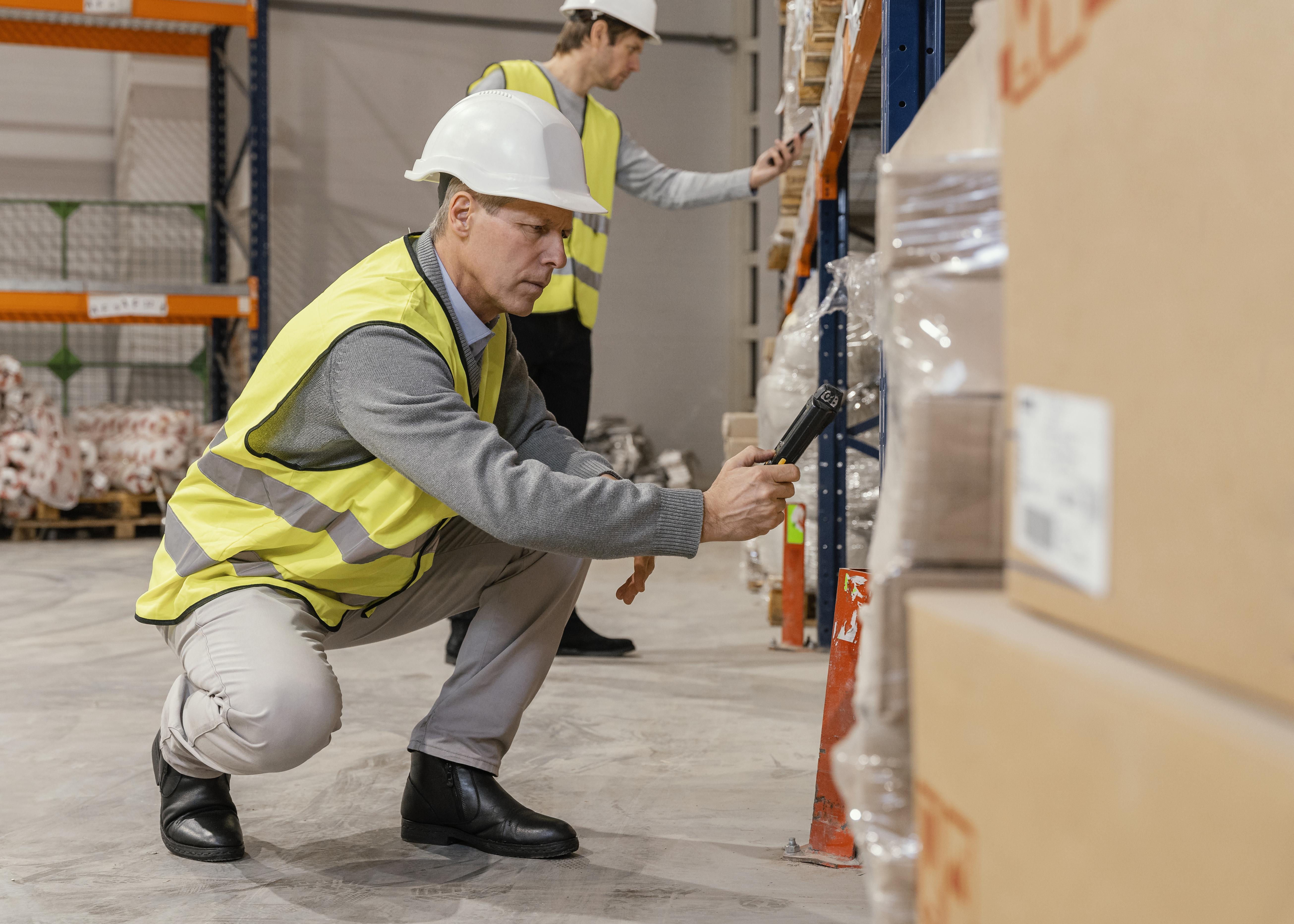

.png)



.png)


.png)


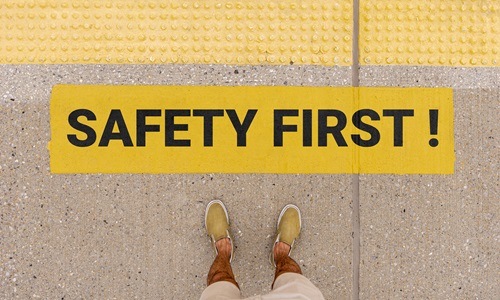

.jpg)


